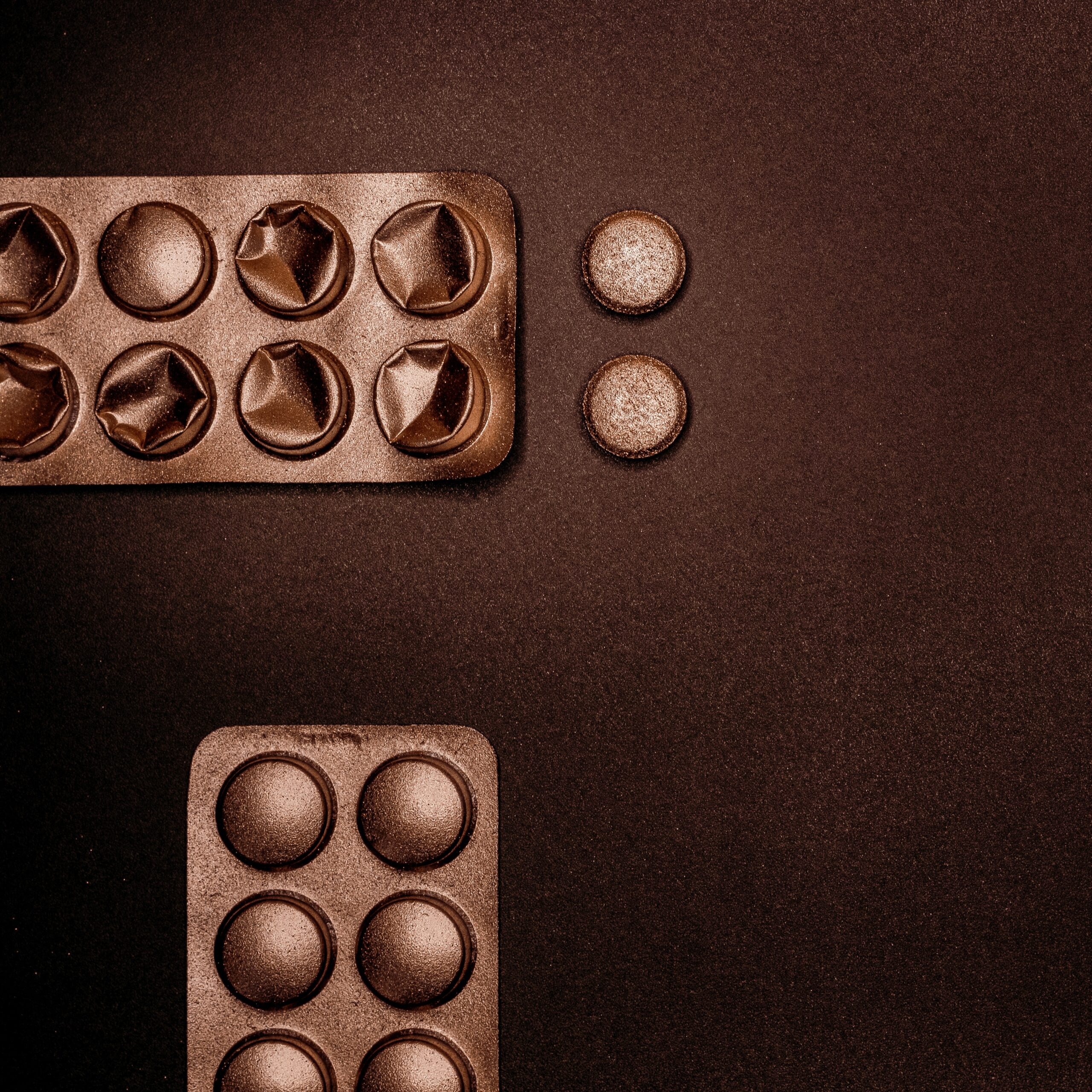
Balancing Convenience and Sustainability: Traditional Medication Vials vs. Daily Medication Packets
In the realm of medication management, traditional medication vials and daily medication packets have emerged as popular options. Each comes with its unique set of benefits and considerations. We've already discussed the convenience of online pharmacies, so let's delve into the world of traditional medication vials and daily medication packets, exploring their convenience factors while shining a light on the environmental concerns associated with each. Whether you're a fan of the familiar vial or intrigued by the compactness and convenience of individual medication packets, understanding these options will empower you to make an informed decision that aligns with your needs and values.
Traditional Medication Vials: Convenience and Environmental Factors
Traditional medication vials have long been a staple in medication dispensing. Let's explore their convenience and environmental factors:
Convenience:
- Familiarity and Portability:
Traditional medication vials are widely used and recognized, making them convenient for individuals who are accustomed to this packaging format. They are also lightweight and portable, fitting easily into purses or pockets for on-the-go medication needs.
- Clear Labeling:
Vials often come with clear labelling, displaying crucial information such as medication names, dosage instructions, and expiration dates. This ensures that patients can quickly and easily identify their medications.
- Flexibility and Customization: Traditional vials offer flexibility in terms of medication quantities. Pharmacists can dispense specific amounts according to prescribed dosages, and patients can request refills based on their needs.
Environmental Considerations:
- Plastic Waste: Traditional medication vials are typically made of plastic, contributing to the accumulation of plastic waste. However, some vials are recyclable, so it's essential to check local recycling guidelines and dispose of them properly.
- Packaging Efficiency: While traditional vials are often accompanied by cotton or desiccant packs to maintain medication integrity, their packaging efficiency could be improved to minimize unnecessary waste.
- Prescription Label Waste: With each refill, prescription labels must be reprinted for traditional vials, leading to increased paper waste. Encouraging the reuse of vials or using electronic prescription records could help mitigate this issue.
Daily Medication Packets: Convenience and Environmental Factors
Daily medication packets have gained popularity for their organized and pre-dosed format. Let's explore their convenience and environmental factors:
Convenience:
- Simplified Medication Management: Daily medication packets provide an organized solution for medication management. Medications are pre-portioned and arranged in individual compartments for each day and time, reducing the risk of missed doses or confusion.
- Pre-dosed Efficiency: The pre-dosed nature of medication packets eliminates the need for measuring or counting pills, making it easier for individuals with complex medication regimens or those who require assistance with medication management.
- Travel-friendly and Portable: Daily medication packets are compact and convenient for travel. They take up less space compared to traditional vials and allow for easy medication administration on the go.
Environmental Considerations:
- Reduced Plastic Waste:
Daily medication packets often use less plastic compared to traditional vials, as each pack contains only the necessary medication for a specific time period. This reduction in plastic usage contributes to minimizing environmental impact. Additionally, companies like Pillway state that their packets are comprised of cellulose fibre (plant-based material) and a matrix of Low-Density Polyethylene (LDPE). Both the cellulose fibre and LDPE are recyclable, and the cellulose fibre is biodegradable.
- Streamlined Packaging:
Compliance packaging typically minimizes excess packaging materials, resulting in less overall waste. The compact design of pocket packs reduces the need for additional packaging and reduces environmental footprint.
- Decreased Prescription Label Waste:
Daily medication pocket packs are typically provided in monthly supplies, reducing the frequency of prescription label printing and thus minimizing paper waste.
Traditional medication vials and daily medication packets offer unique conveniences and pose environmental considerations. Traditional vials provide familiarity and flexibility, while medication packets simplify medication management and reduce plastic waste. As we strive for a more sustainable future, it's crucial to be mindful of the environmental impact of our choices. Ultimately, the decision between traditional vials and daily medication packets depends on individual preferences, medication needs, and considerations for sustainability. By making informed decisions and exploring sustainable options, we can strike a balance between convenience and environmental consciousness in medication management